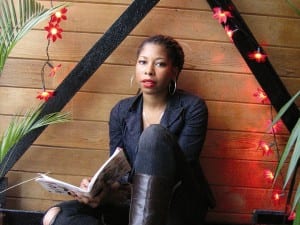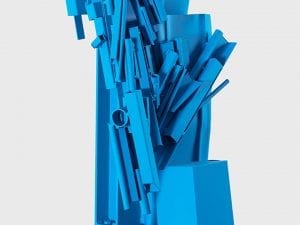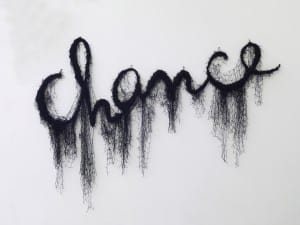The 55th International Art Exhibition at the Venice Biennale is entitled Il Palazzo Enciclopedico (The Encyclopedic Palace) and opens to the public tomorrow. Curated by Massimiliano Gioni and chaired by Paolo Baratta, 88 National participants will be exhibiting in the historical Pavilions at the Giardini, at the Arsenale and in the city of Venice. Among these, 10 countries are participating in the Exhibition for the first time: Angola, Bahamas, Kingdom of Bahrain, Republic of Ivory Coast, Republic of Kosovo, Kuwait, Maldives, the Holy See, Paraguay and Tuvalu. This year’s Italian Pavilion is entitled vice versa, and 47 Collateral Events, approved by the curator of the International Exhibition take place in several locations in Venice.
Venice will be full of some of the best art from across the globe. At the Chilean pavilion, visitors can experience Alfredo Jaar’s immersive site-specific installation, Venezia, Venezia. The large work is a call to examine how today’s culture, composed of increasingly complex global networks, can be adequately represented on a world stage. The Iraq Pavilion presents Out of Iraq, a group exhibition of works by contemporary Iraqi artists. Working across a wide range of media, including photography, drawing, painting, video, installation, sculpture, and textiles, they represent two generations of artists from across the country.
Britain is represented by Jeremy Deller, with English Magic. The exhibition reflects the roots of much of Deller’s work, focusing on British society – its people, icons, myths, folklore and its cultural and political history. He weaves together high and low, popular and rarefied to create unique and thought provoking work.
Bill Culbert tests the compatibility of Venice’s natural light with his use of fluorescence in new works made especially for La Pietà and the New Zealand Pavilion. His large-scale sculptures employ fluorescent lighting and reclaimed household objects to create, in the words of curator Justin Paton, “a living space of an unusual kind, a sculptural meditation, played out through eight connected spaces, on shelter, habitation and dwelling. This house-load of objects is both unsettled and energised, thwarted and animated, by an unstable force—light.”
The Dutch pavilion is represented by Mark Manders, who will be exhibiting a 23-year span of his output, combining existing installations with new monumental work. His sculptures seem always to have been there. They decipher the enigmatic temporal dimension of our age to create a parallel, autonomous one of their own where nothing is as it seems — epoxy looks like clay, clay becomes bronze, bronze seems to be wood — and all is mysterious.
Ali Kazma’s multi-channel video installation Resistance explores the interventions and strategies that both release the body from its own restrictions and restrict it in order to control it. Representing Turkey, the work is an extensive survey on the contemporary discourses, techniques and management tactics developed for the human body. Resistance is an attempt to unravel the interventions imposed and practised on the body today.
Over at the Giardini della Biennale Valentin Carron represents Switzerland. Sculpture is central to Carron’s work; its formal vocabulary inspired by the imagery of the Canton of Valais where he has spent almost all his life. His exhibition is conceived as a specific, autonomous whole, encompassing wall and floor-based sculptural pieces, installation and readymade artwork. A two-headed wrought iron serpent wends its way through the 1952 Bruno Giacometti pavilion, guiding the viewer through Carron’s ambivalent and apparently nonsequitous elements.
Venice Biennale, 1 June – 24 November, keep an eye on the Aesthetica blog for reviews and interviews.
Pick up a copy of Aesthetica June/July for full features on Alfredo Jaar and Jasmina Cibic, out in shops 1 June.
Credits
1. Alfredo Jaar, Venezia, Venezia, 2013 (detail), Pavilion of Chile, 55th International Art Exhibition – la Biennale di Venezia, Installation View, Lightbox with black and white transparency, Photograph: Milan, 1946: Lucio Fontana visits his studio on his return from Argentina © Archivi Farabola, 244com x 244cm x 18cm, Metal pool, 1:60 resin model of Giardini, hydraulic system 100cm X 500cm X 500cm, Wood structure, metal 100cm x 1600cm x 1400cm, Photography: Agostino Osio.





